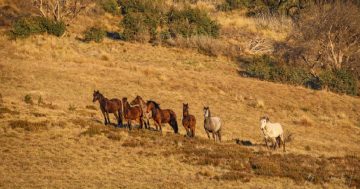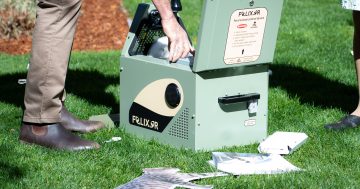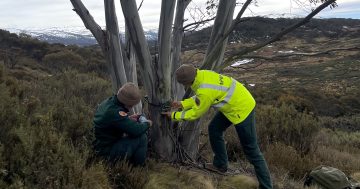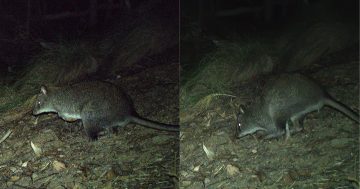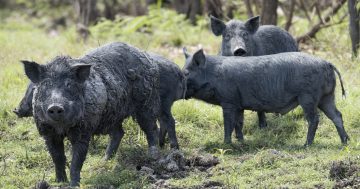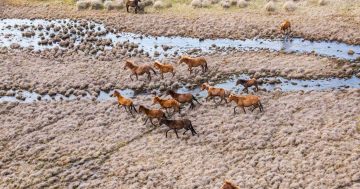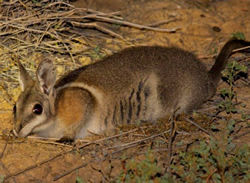 The Department of Environment and Science (DES) is using a new thermal camera to help protect the endangered bridled nail-tailed wallaby.
The Department of Environment and Science (DES) is using a new thermal camera to help protect the endangered bridled nail-tailed wallaby.
The DES has found the wallaby is particularly vulnerable to feral cats in Taunton National Park (Scientific).
Ranger in Charge with the DES, Sam Richards said the thermal camera had given Queensland Parks and Wildlife Service (QPWS) rangers an advantage during feral animal control programs.
“Taunton National Park (Scientific) is home to threatened species, including the bridled nail-tailed wallaby and several species of birds,” Ranger Richards said.
“Feral cats are extremely cunning, but they’re also very cautious,” he said.
“They’re wary of sound and smells and will flee whenever they feel threatened.”
Ranger Richards said the cats also tended to hide out during the day and emerge from burrows or tree hollows at night to scavenge and hunt.
“We have found that feral cats flee from spotlights at night and become trap and bait shy,” he said.
“That learned behaviour can be passed on to their young, reducing the effectiveness of conventional methods of control.
“Thankfully, the QPWS Threatened Species team funded the purchase of a thermal imaging camera to improve the operational team’s pest management activities.”
Ranger Richards said rangers identified feral cats with the thermal camera, then located the cat with the thermal scope on their rifles.
“The thermal camera was recently used with a nocturnal shooting control program to remove five feral cats from the National Park,” he said.
“We also conducted a trapping program that led to a further eight feral cats being removed from the Park and an aerial baiting program to further reduce numbers.”
Ranger Richards said Taunton National Park (Scientific) was gazetted in 1979 for the conservation of the endangered bridled nail-tailed wallaby.
“The Park is home to Australia’s only naturally occurring population of the bridled nail-tailed wallaby, which once ranged from Charters Towers in Queensland through central NSW to the Murray River region of Victoria,” he said.
“As a Scientific National Park, it is not open to the public,” Ranger Richards said.


